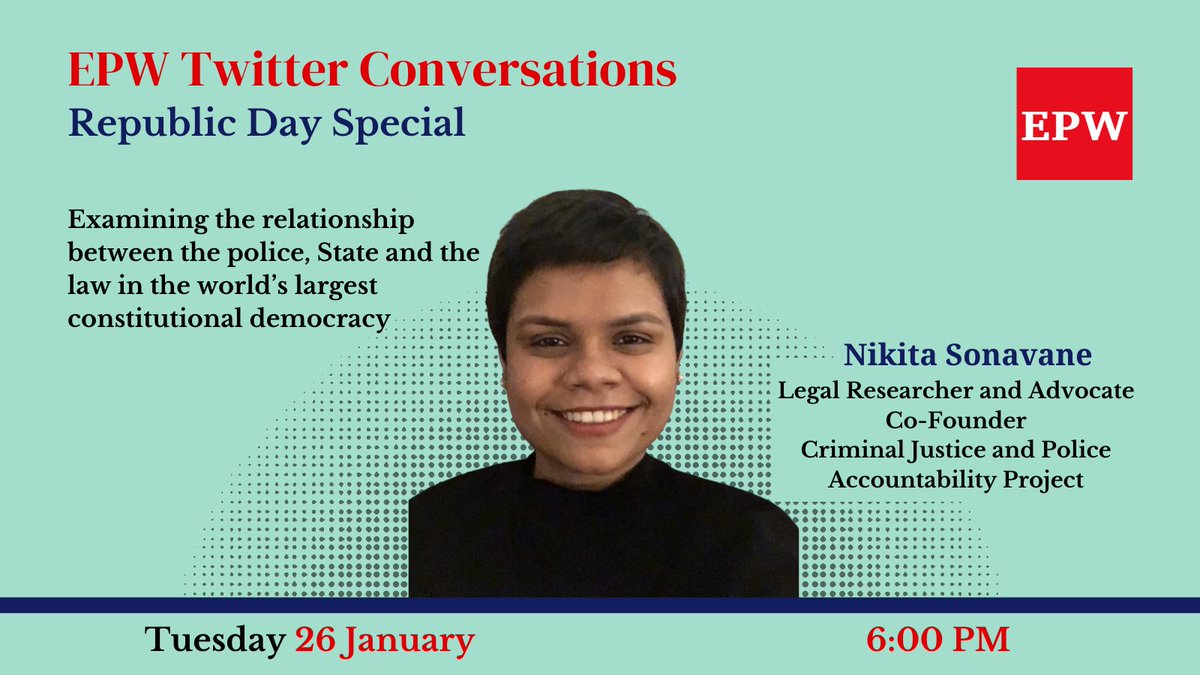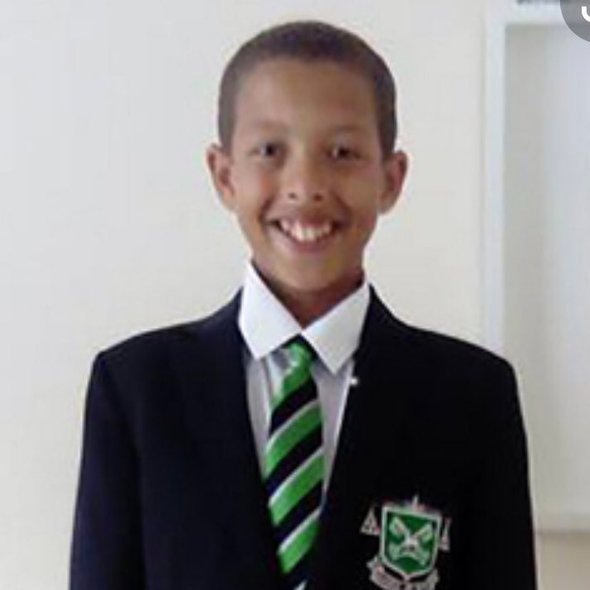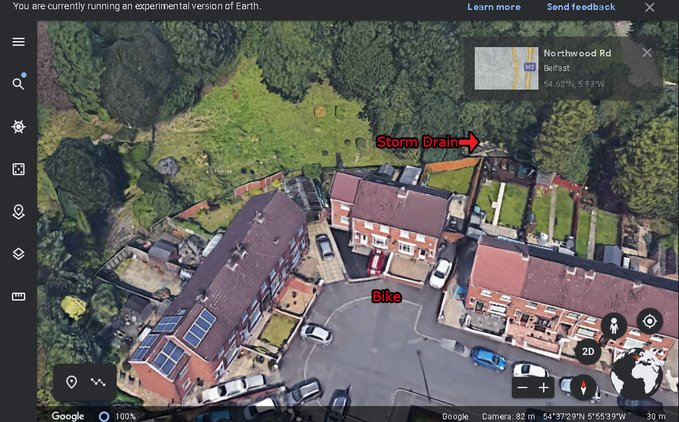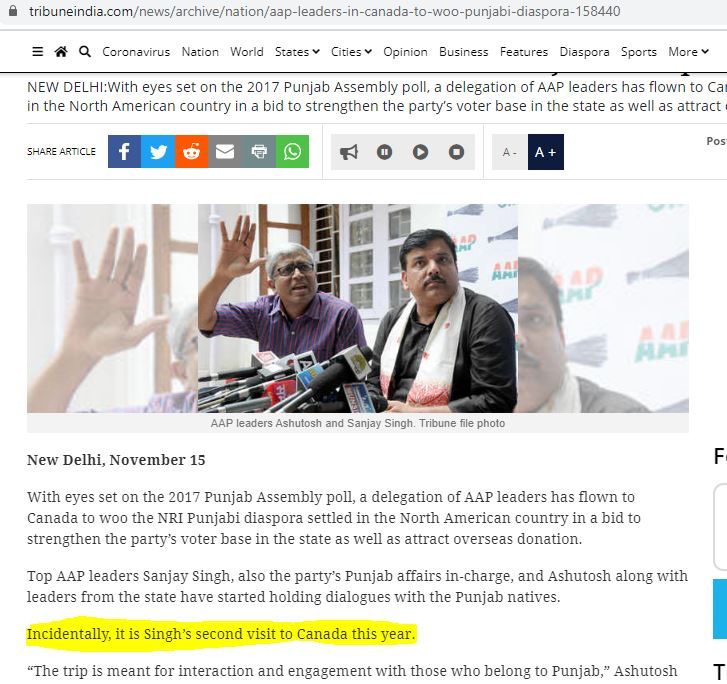#EPWConversations
Our #RepublicDay #TwitterTakeover with @glorious_gluten has begun!
For the next hour, she will be discussing the relationship between the #police, #State and the #law.
Join the conversation and send us your questions in the comments section.

Committee and make their contribution to the building of the republic. #RepublicDay | @glorious_gluten
Government of India Act, 1935 and heralded by the upper echelons of the country.
The judiciary, army, the police are repositories of this colonial legislation. @glorious_gluten
Over the last year, the omnipresence of the police in the functioning of the Indian democracy particularly in its response to the #COVID19 pandemic has become prominent. | @glorious_gluten
I will examine two aspects of #policing: maintenance of law and order and surveillance. @glorious_gluten
The colonial state maintained ‘public order’ by policing populations whose behaviours it deemed unnatural and using vast surveillance powers to quell independence, labour and communist movements. | @glorious_gluten
The #police have evolved into a system of casteist social control targeted at people from #Dalit, #Adivasi, #Bahujan and minority communities.
Therefore, each of the 29 states have their own police forces. The centre is also allowed to maintain its own police forces to assist the states with ensuring law and order. @glorious_gluten
States also have their police manuals detailing how #police of the state are organised, their roles and responsibilities, records that must be maintained, etc. @glorious_gluten
This legislation characterised several nomadic and semi-nomadic tribes as hereditary criminals. | @glorious_gluten
This has now includes #CowSlaughter laws.
Discretionary power within the police force is higher within the lower ranks of the police force given their proximity to the public. | @glorios_gluten
Over 4,000 individuals were arrested for allegedly committing minor, bailable offences such as gambling, hurt and alcohol possession all victimless offences. @glorious_gluten
Much like its law and order function, bodies of marginalised communities are subjected to surveillance in different ways. @glorious_gluten
This record is also utilized by the district administration to extern members of these communities.
In Ehsaan Nagar, a Pardhi basti, in Bhopal an entire wedding party including the bride and groom were detained on their wedding day for failing to do so.
The accused policemen were acquitted by the SC amidst much uproar by terming it an act of "passive submission and a peaceful affair."
The Brahminical patriarchal nature of policing forms the undercurrent of the violence inflicted against DBA women. @glorious_gluten
In 2006, a senior police official, Prakash Singh, moved the #SupremeCourt through a public interest litigation. | @glorious_gluten
More from India
1/n
On Feb 25, 2021 we published an analysis of the draft IT Rules, 2021. Alongside the analysis is a rundown of the contentious history of the Rules and the need for starting afresh on this vital conversation about platform accountability. Thread
\U0001f6a8 Breaking: We are releasing a copy of the Draft IT (Intermediary Guidelines and Digital Media Ethics Code) Rules, 2021, which seek to change the face of how digital media is governed in India.
— Internet Freedom Foundation (IFF) (@internetfreedom) February 25, 2021
Read our thread and analysis of the biggest concerns.
1/nhttps://t.co/zQnCGTgGzz
On Feb 25, 2021, the IT Rules, 2021 came into force. On Feb 27, 2021, we shared with you our comprehensive deep-dive into the Rules - an overview of its contents, the “safeguards” it seeks to establish, and how they affect your fundamental rights.
It's done: The IT Rules, 2021, are officially in play. We cannot stress this enough - this fundamentally changes the Indian internet. Please RT this thread on the Rules and how they bring government control over digital media like never before.https://t.co/S7K9wnIkvI
— Internet Freedom Foundation (IFF) (@internetfreedom) February 27, 2021
1/n
We're also talking directly to young people and making sure that they are empowered with knowledge about their digital rights w.r.t. the IT Rules, 2021. Watch our video explaining the background of the Rules and the crux of the matter in 5
Currently, public analysis including our own provides a broad overview of concerns. Since new IT Rules are here to stay, we're also providing you with segmented explainers. Our simple video on how the new Rules will affect digital news
How do the IT Rules, 2021 affect digital news media?
— Internet Freedom Foundation (IFF) (@internetfreedom) March 3, 2021
Our video explains the 4 biggest implications in 5 minutes - simply and directly. Everyone and specially journalists, please RT and share this critical info on social media, WA, Signal!https://t.co/iZ0Ya0gU8K
You May Also Like
A small tribute/gift to members
Screeners
technical screeners - intraday and positional both
before proceeding - i have helped you , can i ask you so that it can help someone else too
thank you
positional one
run - find #stock - draw chart - find levels
1- Stocks closing daily 2% up from 5 days
https://t.co/gTZrYY3Nht
2- Weekly breakout
https://t.co/1f4ahEolYB
3- Breakouts in short term
https://t.co/BI4h0CdgO2
4- Bullish from last 5
intraday screeners
5- 15 minute Stock Breakouts
https://t.co/9eAo82iuNv
6- Intraday Buying seen in the past 15 minutes
https://t.co/XqAJKhLB5G
7- Stocks trading near day's high on 5 min chart with volume BO intraday
https://t.co/flHmm6QXmo
Thank you
On Sunday 21st June, 14 year old Noah Donohoe left his home to meet his friends at Cave Hill Belfast to study for school. #RememberMyNoah💙

He was on his black Apollo mountain bike, fully dressed, wearing a helmet and carrying a backpack containing his laptop and 2 books with his name on them. He also had his mobile phone with him.
On the 27th of June. Noah's naked body was sadly discovered 950m inside a storm drain, between access points. This storm drain was accessible through an area completely unfamiliar to him, behind houses at Northwood Road. https://t.co/bpz3Rmc0wq

"Noah's body was found by specially trained police officers between two drain access points within a section of the tunnel running under the Translink access road," said Mr McCrisken."
Noah's bike was also found near a house, behind a car, in the same area. It had been there for more than 24 hours before a member of public who lived in the street said she read reports of a missing child and checked the bike and phoned the police.






















